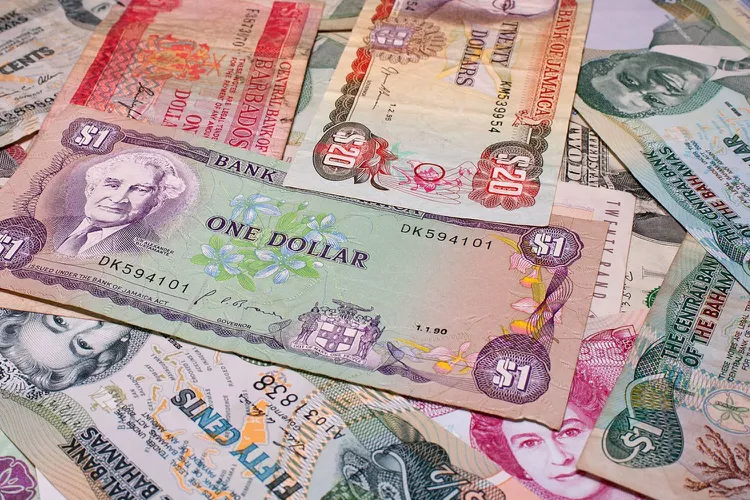1. Overview of Caribbean Currencies
2. U.S. Dollar Usage
3. Currency Exchange Options
4. Currency Breakdown
Caribbean countries generally utilize their own currencies; however, numerous tourist destinations across the islands also accept U.S. dollars to attract American travelers. Major credit cards, including Visa, MasterCard, and American Express, are widely accepted, although credit card transactions typically occur in local currency, with conversion rates managed by your card-issuing bank.
In many cases, it is advisable to convert a portion of your funds into local cash for purposes such as tips, small purchases, and transportation.
U.S. Dollar Usage
To begin with, Puerto Rico and the U.S. Virgin Islands, being U.S. territories, utilize the U.S. dollar as their legal tender. This aspect greatly simplifies travel for U.S. residents, as it eliminates the complexities associated with currency exchange and conversion when making purchases.
In nations where the Euro is the primary currency, and certain Caribbean countries in South America and Central America (including Cuba), travelers must convert U.S. dollars into local currency. Notably, Cuba has an unusual dual-currency system: tourists are required to use “convertible pesos,” which are equated 1:1 with the U.S. dollar, while the local pesos are valued significantly less. Furthermore, credit cards issued by U.S. banks are not accepted in Cuba.
In Mexico, for instance, exchanging dollars for pesos is advisable if you intend to explore areas outside major tourist zones where U.S. currency is commonly accepted—this guidance also holds for other large nations, including Jamaica and the Dominican Republic.
Currency Exchange Options
It is generally possible to find currency exchange services in Caribbean airports, as well as at local banks. Exchange rates can fluctuate, yet banks tend to offer more favorable rates than airport kiosks, hotels, or retailers. Additionally, ATMs in the Caribbean provide local currency withdrawals; however, it is important to be aware that you may incur fees, alongside receiving a less-than-ideal exchange rate for the amount withdrawn.
Even in locations that accept U.S. dollars, change is typically given in local currency. Therefore, it’s wise to carry small-denomination notes for spending U.S. dollars in the Caribbean. While it is possible to convert excess foreign change back to dollars at the airport, small amounts can lose substantial value in the process.
Currency Breakdown
Official Currency (Money) for Caribbean Countries:
(* indicates U.S. dollar is also widely accepted)
Eastern Caribbean Dollar: Anguilla*, Antigua and Barbuda, Dominica*, Grenada, Montserrat, Nevis*, St. Lucia*, St. Kitts, St. Vincent and the Grenadines*
Euro: Guadeloupe, Martinique, St. Barts, St. Martin
Netherlands Antilles Guilder: Curacao, St. Eustatius, St. Maarten, Saba*
U.S. Dollar: British Virgin Islands, Puerto Rico, U.S. Virgin Islands, Bonaire, Turks and Caicos, The Florida Keys
The following nations use their own currencies:
- Aruba*: Aruban florin
- Bahamas*: Bahamian dollar
- Barbados*: Barbadian dollar
- Belize*: Belize dollar
- Bermuda*: Bermudian dollar
- Cayman Islands*: Cayman Islands dollar
- Colombia: Colombian peso
- Costa Rica: colon
- Cuba: Cuban peso (tourists must use a special “convertible peso” that has lower purchasing power)
- Dominican Republic: Dominican peso
- Guatemala: quetzal
- Guyana: Guyanese dollar
- Haiti: gourde
- Honduras*: lempira
- Jamaica*: Jamaican dollar
- Mexico: Mexican peso
- Nicaragua*: cordoba
- Panama: Panamanian balboa, U.S. dollar (both are official currencies)
- Suriname: Surinamese dollar
- Venezuela: bolivar
- Trinidad and Tobago*: Trinidad and Tobago dollar
While many places accept the U.S. dollar, it is prudent to confirm before traveling to ensure you have the appropriate currency for your expenses.





